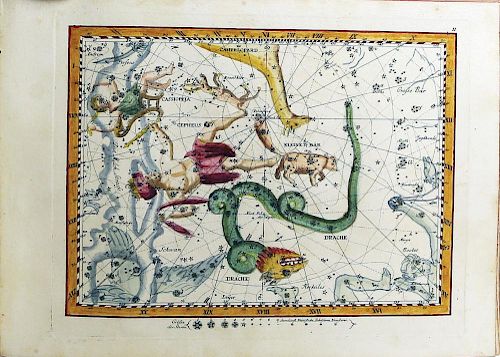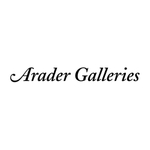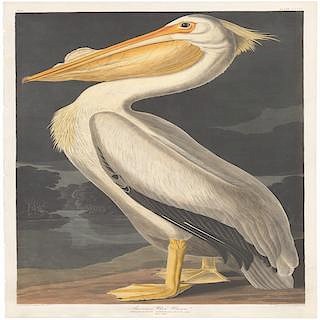Bode, Celestial Atlas, 1782
Lot 143
About Seller
Arader Galleries
1308 Walnut Street
King of Prussia, PA 19406
United States
Arader Galleries proudly celebrates over 40 years in the business of important, antique works on paper, paintings and rare books. W. Graham Arader III began his collection of rare maps, atlases and Americana while an undergraduate at Yale University, and today that passion has grown into one of the ...Read more
Estimate:
$4,000 - $6,000
Absentee vs Live bid
Two ways to bid:
- Leave a max absentee bid and the platform will bid on your behalf up to your maximum bid during the live auction.
- Bid live during the auction and your bids will be submitted real-time to the auctioneer.
Bid Increments
| Price | Bid Increment |
|---|---|
| $0 | $25 |
| $500 | $50 |
| $1,000 | $100 |
| $2,000 | $250 |
| $5,000 | $500 |
| $10,000 | $1,000 |
| $20,000 | $2,000 |
| $50,000 | $5,000 |
| $100,000 | $10,000 |
| $200,000 | $25,000 |
About Auction
By Arader Galleries
Mar 25, 2017 - Mar 26, 2017
Set Reminder
2017-03-25 13:00:00
2017-03-26 13:00:00
America/New_York
Bidsquare
Bidsquare : Arader Galleries Spring 2017 Auction
https://www.bidsquare.com/auctions/arader/arader-galleries-spring-2017-auction-2184
Arader Galleries loricohen@aradergalleries.com
Arader Galleries loricohen@aradergalleries.com
- Lot Description
Vorstellung der Gestirne auf XXXIV Kupfertafeln nach der Pariser Ausgabe des Flamsteadschen Himmelsatlas. Johann Elert Bode (1747-1826). Berlin and Stralsund: Gottlieb Augsut Lange, 1782. Oblong 4to., (8 7/8 x 11 5/8 inches). Letterpress title-page and text within ruled borders. Hand-coloured engraved title-page at beginning of plates and 34 engraved plates by Daniel Berger, all with fine hand-colour (plates XII-XVII misbound after plate XXIII). Contemporary calf (worn with loss at the foot of the spine, stained). First edition. Bode "had a great love for practical calculations. In 1786 Bode was appointed royal astronomer, director of the astronomical observatory, and member of the Berlin Academy. He was active in these positions for nearly forty years, until his retirement in 1825. In spite of the renovations which he arranged, the observatory could not compete with those of Paris and London. Bode's literary activity more than made up for the observatory's deficiencies. Besides his tables, his two sky atlases were for a long time indispensable tools for astronomers; the "Vorstellung der Gestirne", which, according to the example set by John Flamsteed's atlas, contained more than 5,000 stars. Bode was almost the only writer to support the then not widely known ideas of Kant, Lambert and Herschel on the infinity of space, the infinite number of inhabited worlds, and the continuous birth and passing away of stars according to natural laws. Bode gave the name Uranus to Herschel's newly discovered planet" (DSB). His later "Uranographia", 1801, listed over 17,000 stars and contained, for the first time, the nebula, star clusters, and double stars discovered by Herschel. Poggendorff I, 218.
- Shipping Info
-
Shipping Terms:Packing and handling of purchased lots by us or by someone else is at the entire risk of the purchaser. Purchasers are responsible for all packing and shipping costs.
We are not responsible for the acts or omissions of carriers or packers of purchased lots whether or not recommended by us.
-
- Buyer's Premium



 EUR
EUR CAD
CAD AUD
AUD GBP
GBP MXN
MXN HKD
HKD CNY
CNY MYR
MYR SEK
SEK SGD
SGD CHF
CHF THB
THB






